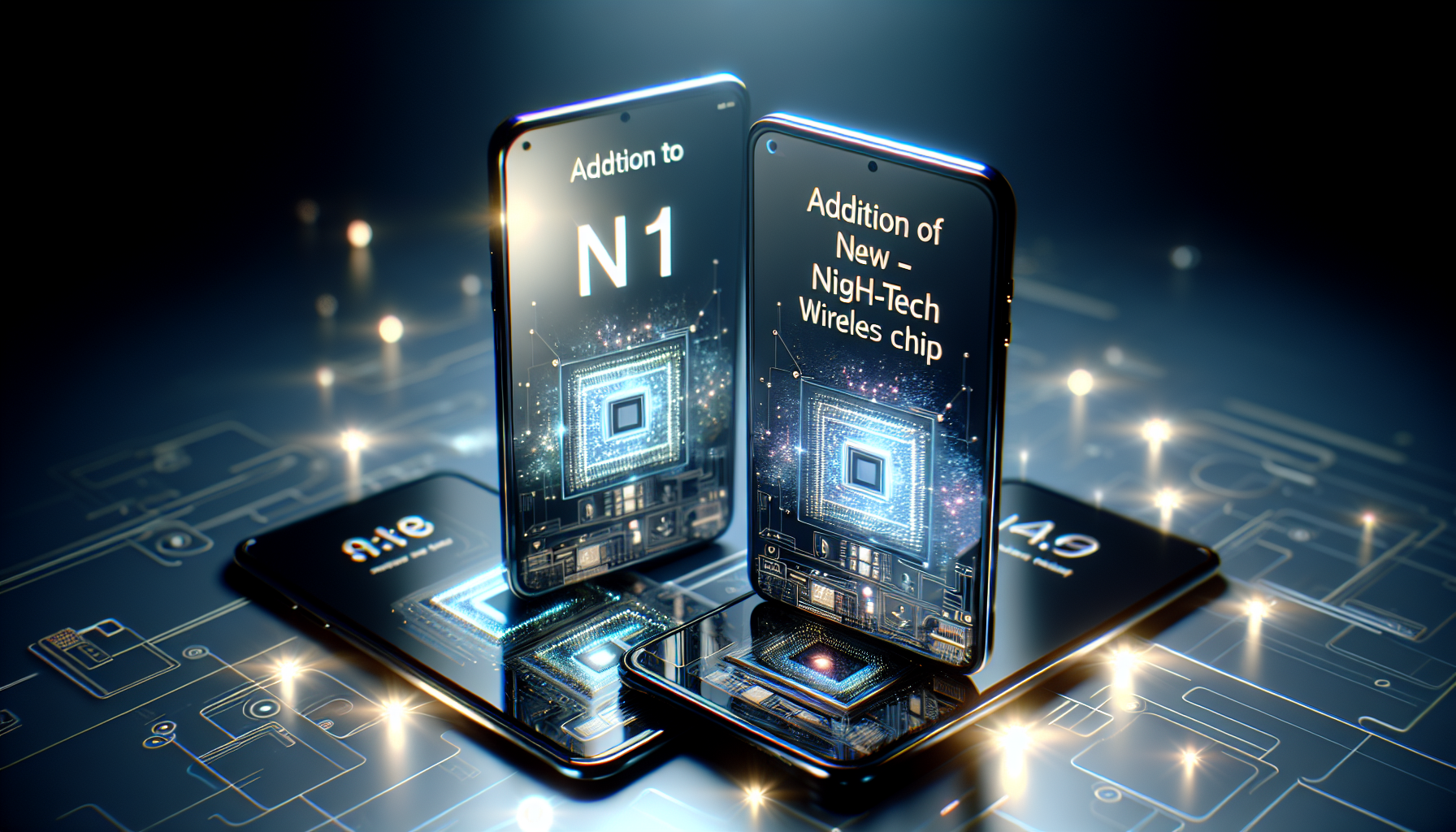
Apple’s Latest Breakthrough in Wireless Technology: The N1 Chip
Apple has consistently been at the forefront of technological advances, and its most recent innovation, the N1 wireless chip, is no different. This new chip is poised to transform the way we link our devices, delivering quicker and more dependable wireless connectivity. Let’s explore what sets the N1 chip apart and the potential influence it may have on the future of Apple’s product offerings.
The Progression of Apple’s Chips
Apple’s foray into chip engineering commenced with its A- and M-series processors, which power iPhones, iPads, and Macs. These chips have established benchmarks for performance and efficiency. However, Apple’s aspirations extended further. The company has been focusing on minimizing its dependence on external suppliers, like Qualcomm, by crafting its own wireless chips.
Unveiling the N1 Chip
The N1 chip represents a pivotal point in Apple’s wireless technology evolution. It offers support for Wi-Fi 7, Bluetooth 6, and Thread, a low-power mesh networking protocol. This incorporation is anticipated to improve the efficiency of Apple’s Continuity features, such as Personal Hotspot and AirDrop, by making them more trustworthy and quicker.
The Importance of the N1 Chip
The launch of the N1 chip in the newest iPhones reflects Apple’s assurance in its capability to create high-performance wireless chips. By distancing itself from third-party suppliers like Broadcom, Apple can achieve tighter integration between hardware and software, culminating in a more fluid user experience.
Implications for Apple’s Ecosystem
The N1 chip is not confined to iPhones alone. Its features imply that it will soon be included in additional Apple products, such as Macs and iPads. The presence of Thread support suggests possible uses in smart home gadgets, like the Apple TV or HomePod, further broadening Apple’s ecosystem.
The Prospects of Wireless Connectivity
Apple’s advancement of the N1 chip is a clear sign of the company’s dedication to enhancing wireless technology. As the demand for faster and more dependable connections escalates, the N1 chip places Apple at the leading edge of this transformation, promising exhilarating developments on the horizon.
Conclusion
Apple’s N1 chip is set to transform wireless connectivity across its product lineup. By incorporating Wi-Fi 7, Bluetooth 6, and Thread support, Apple is establishing new benchmarks for performance and reliability. As the company persists in its innovation journey, the N1 chip will likely be instrumental in defining the future of Apple’s ecosystem.
Q&A
Q: Which devices currently include the N1 chip?
A: The N1 chip currently appears in the latest iPhones, with possible future integration into Macs, iPads, and smart home gadgets.
Q: In what ways does the N1 chip enhance wireless connectivity?
A: The N1 chip supports Wi-Fi 7 and Bluetooth 6, delivering quicker and more dependable connections, which improves functionalities like AirDrop and Personal Hotspot.
Q: What is Thread support, and why is it significant?
A: Thread is a low-power mesh networking protocol that enhances connectivity in smart home gadgets, rendering the N1 chip essential for upcoming Apple smart home products.
Q: Will the N1 chip have an effect on battery life?
A: While the N1 chip facilitates enhanced connectivity, Apple has not disclosed its battery life effects. Nonetheless, Apple’s chips are generally designed with efficiency in mind.
Q: How does the N1 chip differ from prior wireless chips utilized by Apple?
A: The N1 chip is Apple’s inaugural in-house wireless chip for iPhones, providing superior performance compared to previous third-party alternatives.
Q: What does it mean for Apple to develop its own wireless chips?
A: Crafting its own wireless chips enables Apple to lessen its dependence on external suppliers, ensuring improved integration and control over its hardware and software.